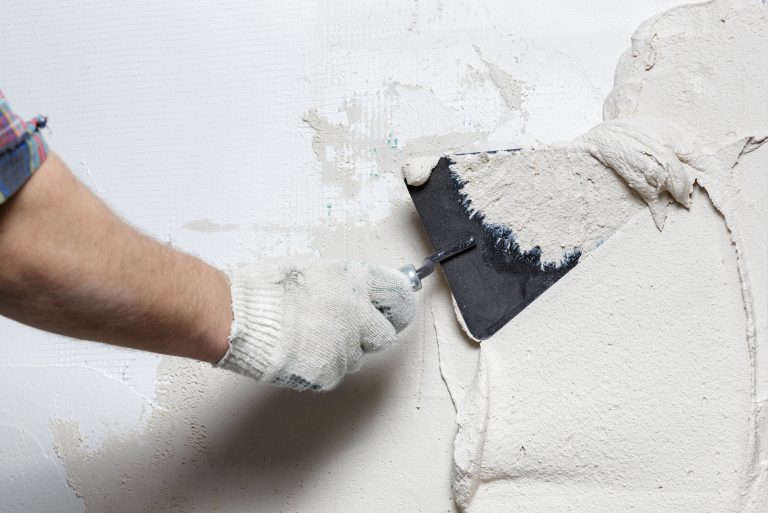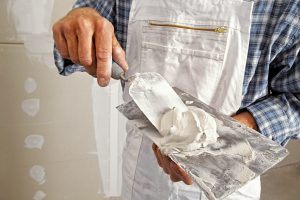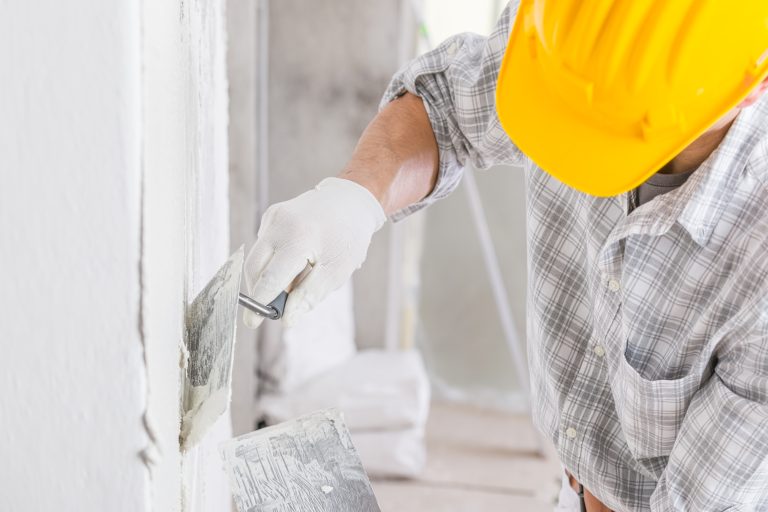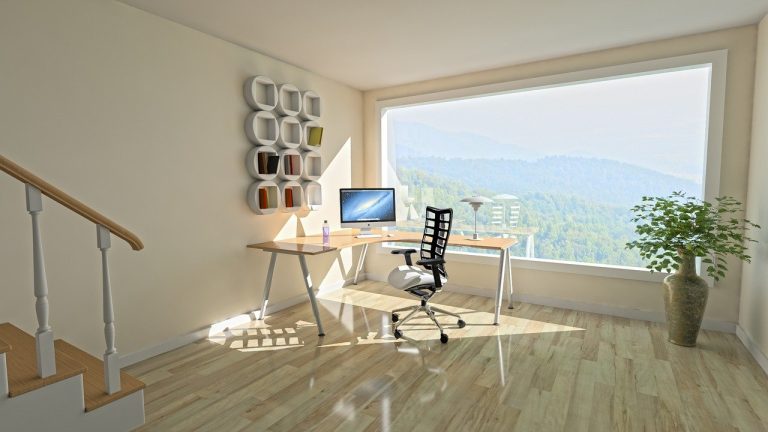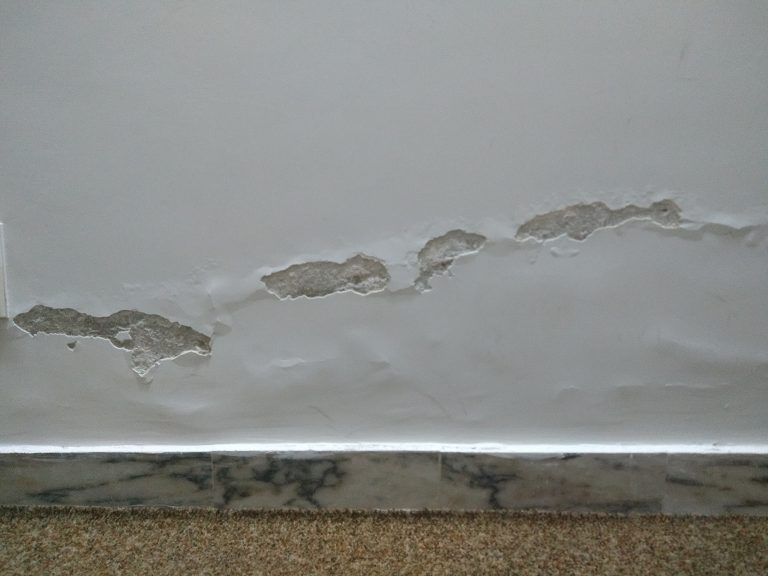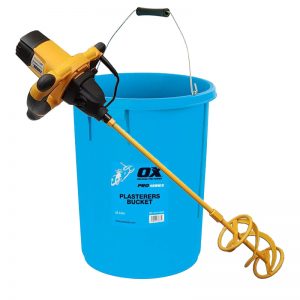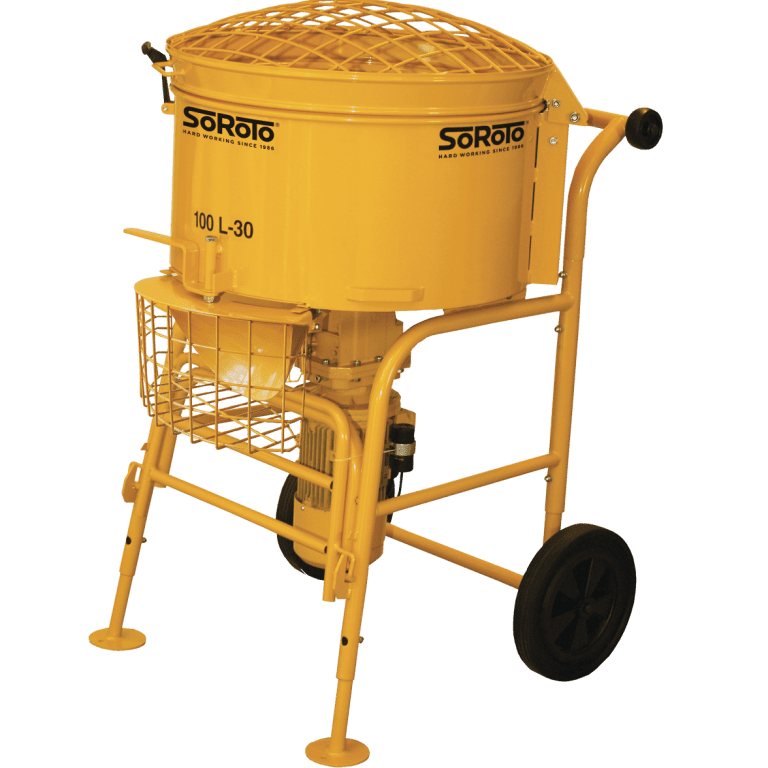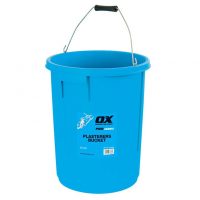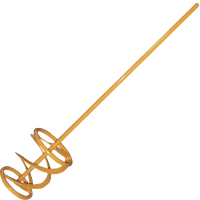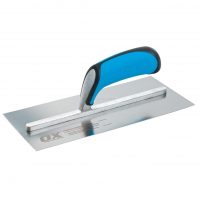10 great facts about plastering
Plastering is the process of coating the interior walls and ceilings of a building.
It is an age-old tradition that has been around for centuries – so we had plenty to go on for ur latest blog post: Top 10 facts about plastering.
Fact 1: It may contain marble or olive
There are a number of varieties of plaster available.
At its most basic, plaster is a mixture of lime or gypsum, sand or cement, and water.
Other variations include:
- Slaked lime
- Venetian (featuring pigment and marble dust)
- Tadelakt (featuring lime plaster and black soap made from olives)
Fact 2: It was replaced by drywall
Plaster was the wall material of choice until the invention of commercial drywall.
Plaster “typically lasts longer and is more beautiful” than standard drywall. It is also fire-resistant and good at blocking noise. On the other hand, it is trickier to install and expensive to repair if damaged.
Fact 3: It's found in the pyramids
Plaster is an ancient technique – with water and clay often used to fortify huts and keep out weather and wind.
The Ancient Egyptians were master plaster workers. The Pyramids contain 4,000-year-old plaster that remains in good condition.
Fact 4: It is environmentally friendly
Plaster is an environmentally friendly material – which cannot be said for paint and other alternatives for covering walls.
“It is breathable, free of chemicals and VOC. If you’re concerned about toxins and eco-friendly finishes, natural plasters are a good option.”
Fact 5: It can be waterproof
Tadelakt, the Moroccan plaster, is made from lime plaster and a black soap made from olives.
Combining these two ingredients creates a chemical reaction that creates a waterproof, moldproof and mildew-proof finish, ensuring it is a durable choice for the kitchen or bathroom.
“Tadelakt is the Rolls-Royce of lime plaster finishes,” says artisan Orit Yanai. “It’s generally much more expensive than other types of plaster, so use tadelakt in wet areas, and another type everywhere else.”
Fact 8: Damp walls can (but should not always) be plastered
This depends on the type of damp specifically.
In the case of rising or penetrating damp, plastering should be avoided until the issue is fixed.
If the wall in question has recently had a damp proof course that has worked well, plastering will be fine.
Fact 9: The appropriate plaster mixer tool depends on a few factors
Creating a smooth, consistent mix is essential to any plastering success.
The role of the electric mixer is to speed up the job and create a mix that is easy to apply onto different backgrounds.
You can choose between a forced action mixer or a mixing paddle, depending on the volume needed, the number of times that the mixer will be used and the versatility needed.
Fact 10: Forced action mixers can be taken where they are needed
Forced action mixers are perfect for use by professional plasterers.
They’re built to be taken where they are needed, they are compact enough to fit through doors, are lightweight and fitted with wheels for portability.
Conclusion
You can find out more on the plastering process and the tools needed by reading our blog post: SoRoTo Machinery for Plasterers.
Mixing plaster can take place by using a paddle mixer or a forced action mixer.
The 850w, 1220w and 1300w Paddle Mixers are perfect for forming a smooth and consistent mix. They are ideal for plasterers who need to work indoors as it can be used inside while it ensures the area is relatively clean.
Forced action mixers can be taken where they are needed and are built to withstand use in the toughest of environments.
The 40L is our smallest, most portable mixer. It is designed to move through doorways and upstairs.
The 80L is suitable for use on building sites as it can withstand the toughest environments. It is designed to fit through most standard doorways.
The 100L is our most popular forced action mixer. It is the ideal machine for plasterers who need a high-capacity output machine which is efficient, portable and reliable.
To find out more information about any of the products in our range, call our team on 01246 418144, contact us on webchat or email us here.



